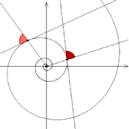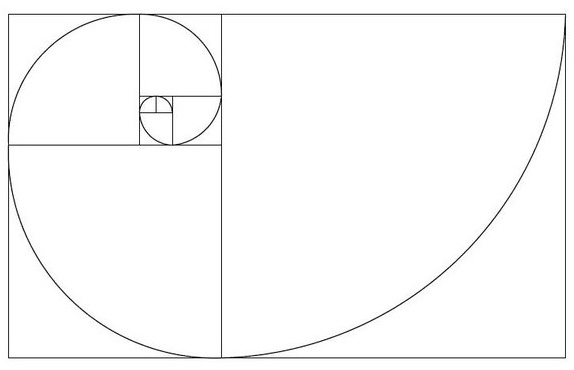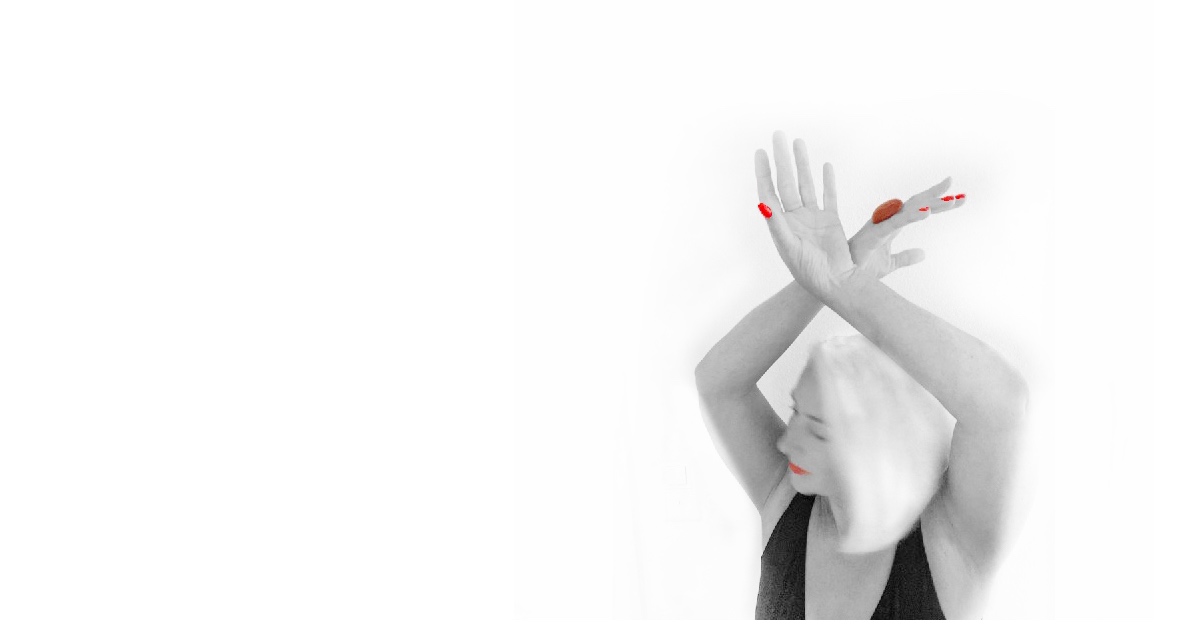The Magic Six
In his writings1, Joseph Pilates described his method, its principles and its execution in great detail. He names and explains individual focal points very clearly.
From these focal points, his students and successors later developed the six so-called Pilates principles:
- Breathing
- Concentration
- Centering
- Precision
- Control
- Flow
Breathing
“Breathing is the first act of life, and the last. Our very life depends on it,”2 wrote Joseph Pilates in 1945.
He was convinced that most people do not breathe “correctly”, meaning that they do not fill their lungs completely when they inhale and do not empty their lungs completely when they exhale – or in other words: they breathe too shallowly.
In his opinion, this in turn has a negative effect on our health. When we breathe shallowly, we breathe less deeply and therefore inhale less fresh air. As a result, we take in less oxygen and also release less used air. Shallow breathing also prevents the full movement of the chest and diaphragm – which in turn leads to limited mobility of the chest, diaphragm and also the thoracic spine. And this inevitably leads to poor posture.
Concentration
The perception of our movement – I also like to call it mindfulness.
It does not describe precision or control, i.e. the precise execution of the movement or the controlled use of our muscle power.
It describes our perception of the (movement) processes in our body, the use of muscles and strength, the movement of the joints.
Concentration is the perception of the connection and the interaction of body and mind in movement.
Centering
All power comes from the body’s center and at the same time everything is connected to the body’s center. This holistic approach is inherent in the entire Pilates training.
Jay Grimes talks about the “two-way stretch”. And by this he means stretching, aligning and “working” in opposing directions:
- from inside to outside and from outside to inside
- from top to bottom and from bottom to top
- from left to right and from right to left
- from front to back and from back to front
- in the diagonals
Lori Coleman-Brown compares this to the figure of the star: from the center of the body to the tips of the fingers, toes and hair. Everything radiates and draws outwards – and at the same time remains firmly connected to the center.
Precision
Precision refers to the execution of the individual exercises and their movement sequence.
By understanding the movement sequence, we first understand the exercise with our minds and through repeated training we also understand it with our bodies.
With regular training, the movement sequences and their execution become more and more precise.
Control
“Be in control of your body, not at it’s mercy” is what Joseph Pilates is quoted as saying.
Through the strength of the body and its muscles together with the power of the mind, we gain control over the movements of our body.
Joseph Pilates called his method “Contrology”. And Control is an essential training goal in classical Pilates.
Flow
The connection of the individual exercises or the need to create smooth transitions from one exercise to the next in order to create from the sequence of individual exercises a uniform flow of movement.
Flow in movement is scientifically described as follows: “Flow is the melting together of action and conciousness; the state of finding a balance between a skill and how challenging that task is.”3
And Sandy Shimoda goes on to describe: “When you reach flow in your workouts, you will feel the sense of joy that comes from immersing yourself in the process, engaging and energizing. It is the ultimate state of balance between body and mind in motion, […] It is also the rewarding feeling that we should all experience as often as possible.”
Pilates in flow creates joy in and through movement – the Joy of Movement.

These six principles are and remain the basis of every Pilates training – regardless of whether you are a beginner or advanced.
In Joy of Movements beginner training, we focus particularly on breathing and find our movement rhythm through the breathing rhythm.
And in all Pilates classes at Joy of Movement, we also regularly work with mindfulness or focus on one of these principles – regardless of whether you are a beginner or more advanced.
An important basis for this type of Pilates is familiarity with the individual exercises and their sequence, as we achieve in classic Pilates training. Because only then can we direct our attention in movement to one or more Pilates principles – or simply to how we move.
My very first Pilates teacher, Vesna Matthies in Hamburg, called this form of training
Pilates in Zen Mode

- “Your Health” Joseph H. Pilates New York 1934
“Return to Life through Contrology” Joseph H. Pilates New York 1945 ↩︎ - “Return to Life through Contrology” Joseph H. Pilates New York 1945 ↩︎
- Ellis; Völkl; Morris (1994) “Measurement and Analysis Issues with Explanation of Variance in Daily Experience Using the Flow Model” in Journal of Leisure Research. 26 (4); 337-356″ ↩︎
